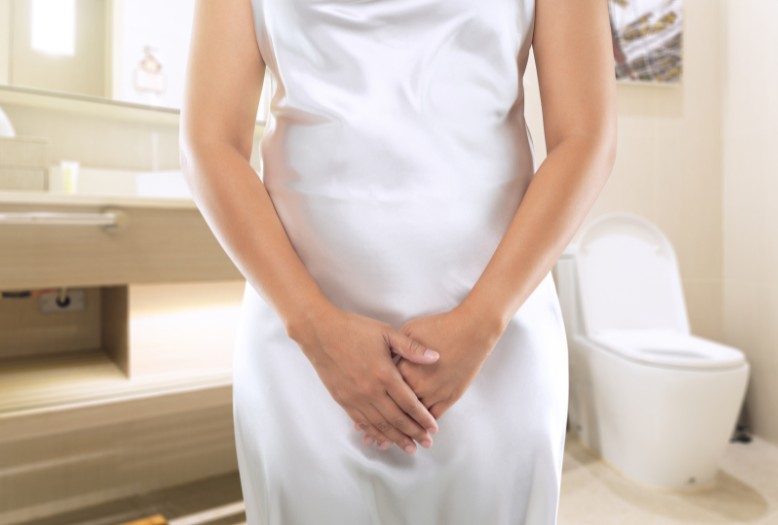Urine incontinence refers to the loss of bladder control resulting in leakage of urine involuntarily. It commonly occurs in old age and women are more affected by this condition than men.
Urine incontinence can make us restrict our daily activities and social interactions — negatively impacting the overall quality of life in old age. Let’s discuss the main types, causes, and management of urine incontinence to prevent ourselves from this condition in old age.
Types of Urine Incontinence
Based on the main symptoms, urine incontinence is usually classified into the following types.
1. Stress incontinence
In this type, leakage of urine occurs when we exert pressure on the bladder. This pressure can come from coughing, sneezing, lifting heavy objects, exercising, or even laughing.
2. Urge incontinence
Urge incontinence refers to a severe and sudden urge to urinate, usually followed by involuntary leakage of urine.
3. Overflow incontinence
Constant or frequent dribbling of urine drops without voluntary control is known as overflow incontinence. It occurs when we are unable to empty the bladder completely.
4. Functional incontinence
Functional incontinence occurs due to any physical or mental disability in old age. For instance, we may not be able to walk to the washroom quickly due to severe arthritis.
Among these, overflow and functional incontinence are more common types in older adults.
Causes of Urine Incontinence in the Elderly
Aging itself is a risk factor for urine incontinence because the weakening of the pelvic floor and bladder muscles occur in old age. However, several other causes are also associated with this condition.
- Enlarged prostate size
- Functional disabilities such as arthritis, mental dysfunction, Parkinson’s disease, et al.
- Urinary tract infections can cause increased frequency and urgency leading to urge incontinence.
- Atrophic vaginitis and urethritis (shrinkage of female genital tissues) due to lack of hormones after menopause in women.
- Diabetes mellitus, cardiac issues, and severe constipation.
- Increased caffeine and alcohol intake
- Certain medications such as antidepressants, diuretics (water tablets used for increased blood pressure and cardiac issues), antiallergics, and opioids.
Before discussing the treatment option, it would be better if we can look into the preventive measures for urine incontinence.
Prevention Measures for Urine Incontinence
Following preventive measures can reduce the risk of urine incontinence in old age.
- Regular physical exercise.
- Management of blood pressure and weight.
- A balanced diet, taking essential vitamins and minerals, and avoidance of constipation.
- Restrict control of associated diseases such as diabetes, obesity, etc.
Treatment Options for Urine Incontinence
The treatment for this condition depends upon the underlying cause. For instance, prostate surgery may be advised if a patient has a severely enlarged prostate. However, generalized treatment for urine incontinence in old age includes the following measures.
- Pelvic floor exercises such as Kegel exercises can strengthen the muscles of the pelvic floor and bladder. According to a research study, pelvic floor muscle training (PFMT) can improve and cure the symptoms of urinary incontinence in women.
- Bladder training includes the bladder diary and encouragement to increase the interval between toilet trips. Moreover, timed toileting can also be helpful if a patient is suffering from disability-associated urinary incontinence.
- Drugs such as oxybutynin, tamsulosin, mirabegron, or fesoterodine can also be prescribed by the physician to treat the symptoms of urine incontinence.
In some severe cases, surgical intervention can also be done. Usually, a mesh sling is placed to support the urethra.
Take Home
Urine incontinence is a prevalent condition that we may experience in old age. Involuntary leakage of urine can negatively impact our daily routines. Older adults are at increased risk for urinary incontinence because of a higher rate of constipation, DM, prostate enlargement, and atrophic vaginitis in old age. Moreover, caffeinated drinks and alcohol can also put us at increased risk for this condition. On the other hand, a balanced diet, regular physical exercise, and management of diabetes, hypertension, or other medical conditions can prevent us from urine incontinence. However, in case we develop this condition, pelvic floor training, and bladder training can help us manage the symptoms of urine incontinence.
References:

